Across the globe, native ecosystems face an invisible yet devastating threat: illegal wildlife smuggling. This shadowy industry, valued at up to $23 billion annually according to the United Nations, ranks alongside drugs, weapons, and human trafficking as one of the world’s largest illicit trades. Beyond the immediate cruelty to animals, wildlife smuggling creates ripple effects that destabilize entire ecosystems, threaten biodiversity, and can even endanger human health. As species are plucked from their natural habitats to satisfy demands for exotic pets, traditional medicines, luxury goods, and culinary delicacies, the delicate balance of ecosystems unravels in ways that can be impossible to repair. This article explores how this shadowy enterprise impacts the natural world, examines its far-reaching consequences, and considers what can be done to combat this global crisis.
The Scale of the Wildlife Smuggling Crisis
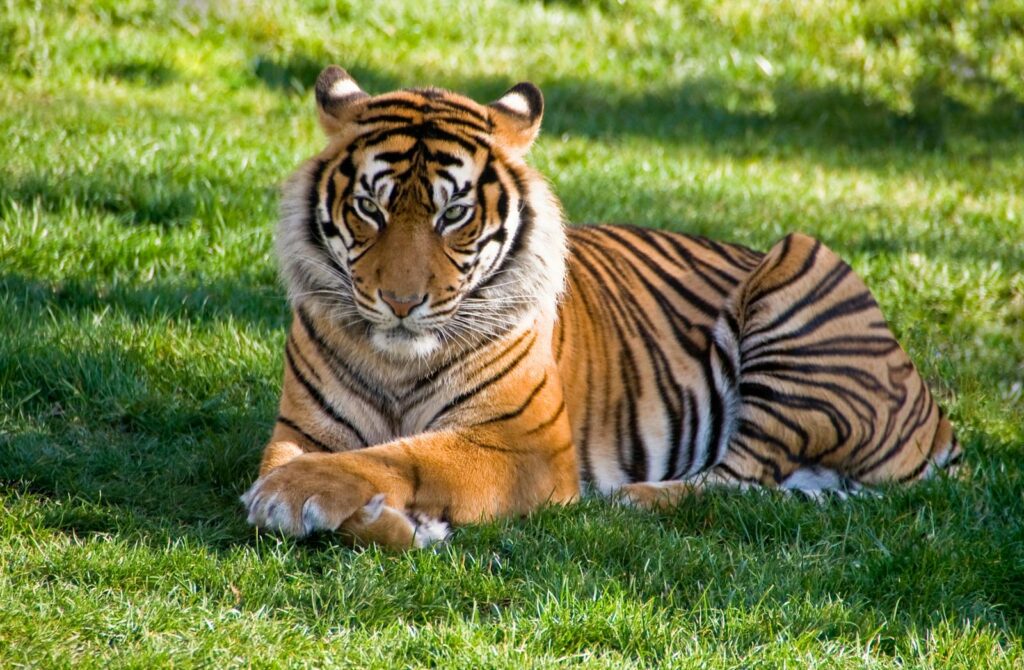
The illegal wildlife trade operates on a staggering scale that often goes unnoticed by the general public. According to estimates from INTERPOL and the United Nations Environment Programme, this illicit business generates between $7-23 billion annually, making it one of the most profitable criminal enterprises worldwide. Approximately 7,000 species are trafficked across international borders, with everything from tiny seahorses to magnificent elephants targeted for their commercial value. The trade isn’t limited to living specimens; it includes animal parts like rhino horns, elephant ivory, pangolin scales, and tiger bones. In recent years, digital marketplaces and social media platforms have further facilitated these transactions, allowing smugglers to connect with buyers around the world with minimal risk of detection. This vast underground network operates through complex supply chains that often intersect with other forms of organized crime.
Biodiversity Loss and Ecosystem Destabilization
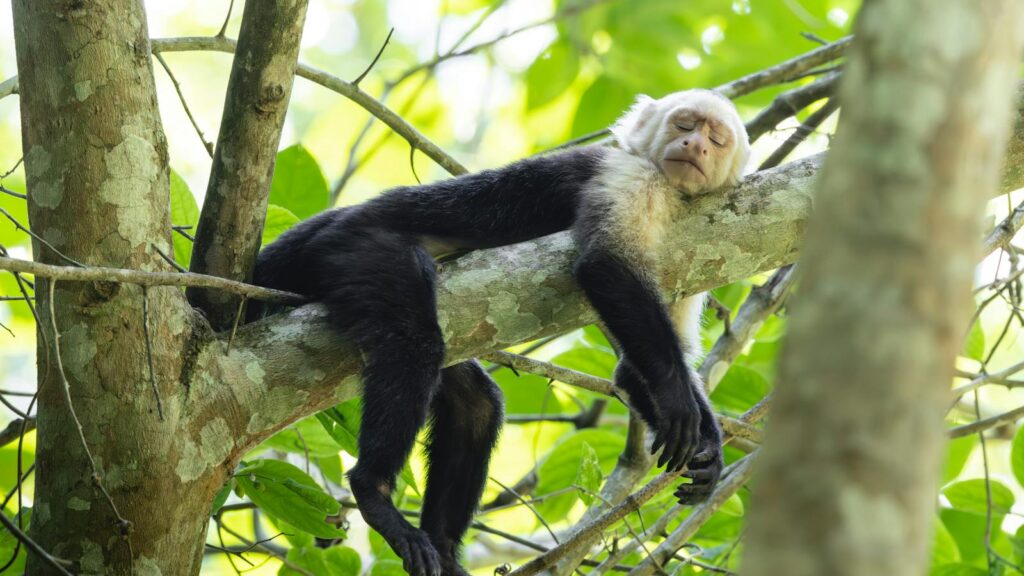
Perhaps the most profound ecological impact of wildlife smuggling is the accelerated loss of biodiversity in affected regions. When poachers target keystone species—those that play a crucial role in maintaining ecological communities—the consequences ripple throughout the ecosystem. For example, removing apex predators like tigers can lead to population explosions of their prey species, which in turn can decimate plant populations through overgrazing or browsing. Similarly, the extraction of seed-dispersing animals can hamper forest regeneration, as many plant species depend on animals to spread their seeds. This disruption of natural processes can trigger what ecologists call “trophic cascades,” where changes at one level of the food web create a domino effect that transforms entire landscapes. In many biodiversity hotspots like tropical rainforests, the removal of even seemingly insignificant species can have outsized impacts, as these ecosystems rely on complex webs of interdependence that have evolved over millions of years.
Genetic Bottlenecks and Population Collapse
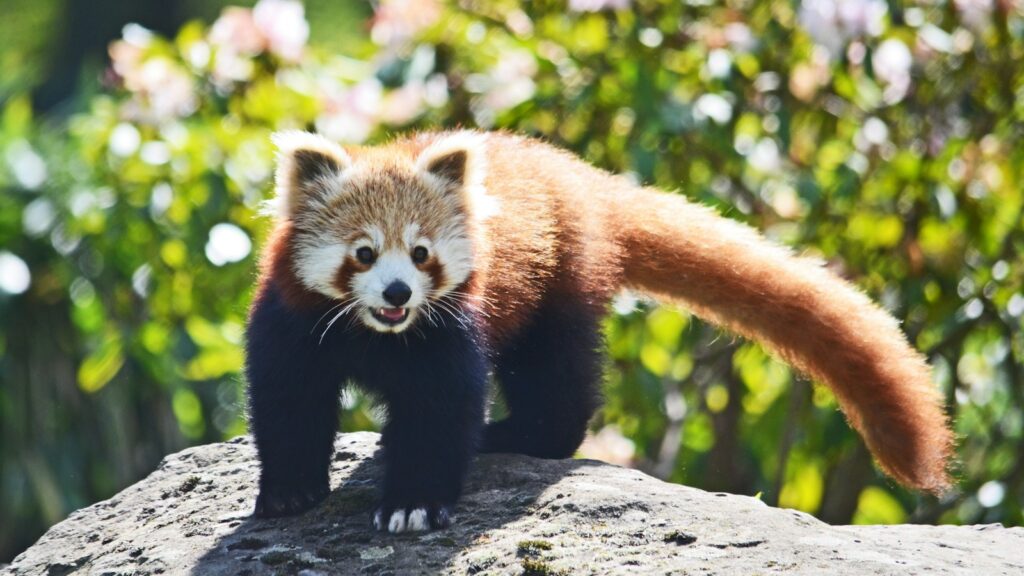
Wildlife traffickers often target the most valuable individuals within a species, such as the largest elephants with the biggest tusks or the most colorful and rare parrots, creating selective pressure that can be genetically devastating. This selective removal can lead to what biologists call genetic bottlenecks, where the diversity within a species’ gene pool becomes severely restricted. Research in Southeast Asia has shown that heavily poached populations of animals like the Sunda pangolin have significantly lower genetic diversity than those in protected areas. The resulting inbreeding depression makes these populations more vulnerable to disease, less adaptable to environmental changes, and less successful at reproduction. In small, isolated populations—which are increasingly common as habitats become fragmented—this genetic impoverishment can trigger a vicious cycle leading to extinction, even if the direct pressure from poaching eventually subsides. Some species, like the Amur leopard and Javan rhino, now have such small populations that genetic health concerns compound their already precarious status.
Invasive Species Introduction
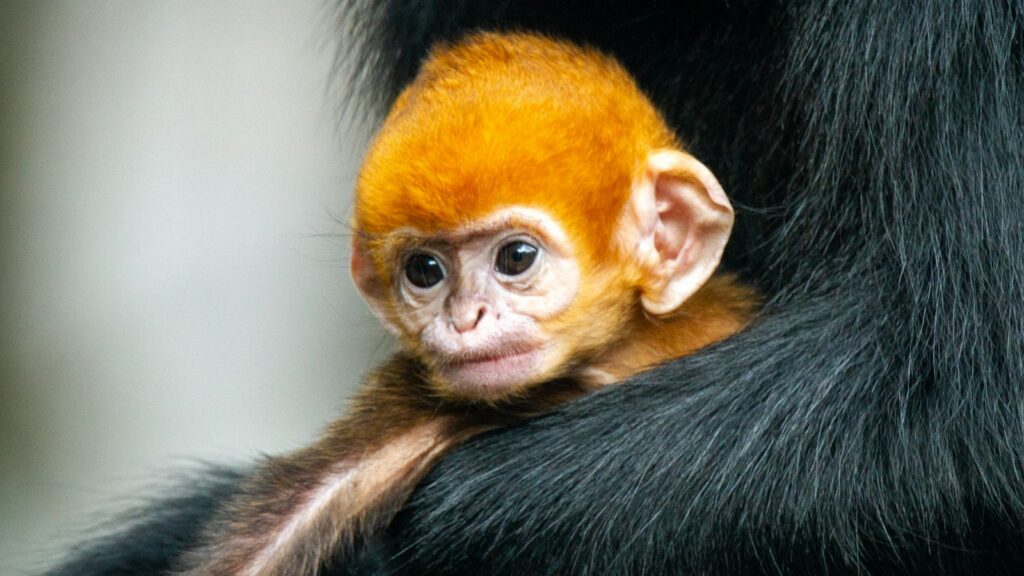
Ironically, while wildlife smuggling removes animals from their native habitats, it can simultaneously introduce species into environments where they don’t belong. When exotic animals escape or are deliberately released by owners who can no longer care for them, they can establish invasive populations that wreak havoc on local ecosystems. The Burmese python in Florida’s Everglades stands as a dramatic example; these massive constrictors, originally imported for the exotic pet trade, have decimated local mammal populations by up to 90% in some areas. Similarly, escaped red-eared slider turtles have established populations on multiple continents, outcompeting native turtle species for basking sites and food resources. These invasions can trigger cascading effects, as introduced predators eliminate native species or introduced herbivores alter vegetation patterns. The economic cost of controlling such invasions often runs into billions of dollars, while the ecological damage may be permanent. Even when smuggled animals don’t establish reproducing populations, they can still introduce pathogens that devastate native wildlife.
Disease Transmission and Zoonotic Risks

The wildlife trade creates perfect conditions for the emergence and spread of infectious diseases, posing risks to both wildlife and human populations. Smuggled animals typically bypass veterinary inspections and quarantine procedures that would normally detect and contain potential pathogens. When these animals are transported in crowded, stressful conditions and come into contact with species they would never encounter naturally, the risk of disease transmission significantly increases. The COVID-19 pandemic dramatically highlighted these risks, as evidence suggests the virus may have emerged from wildlife markets in China. Other notable examples include the spread of chytrid fungus—which has devastated amphibian populations worldwide—partially through the international pet and laboratory animal trade. The wildlife trade has also been implicated in outbreaks of SARS, monkeypox, and various strains of influenza. When introduced to native wildlife populations already stressed by habitat loss and climate change, these novel diseases can trigger catastrophic die-offs and even extinctions, further destabilizing ecosystems.
Plant Smuggling and Forest Degradation

While animals receive most of the attention in discussions about wildlife trafficking, the illegal trade in plants can be equally devastating to ecosystems. Rare orchids, cacti, pitcher plants, and other sought-after species are routinely poached from their natural habitats for ornamental horticulture, often to the point of local extinction. In Madagascar, poachers have stripped entire hillsides of rare succulents, while old-growth forests in Southeast Asia have been depleted of valuable hardwoods like rosewood and agarwood. Beyond the direct loss of these plant species, their removal can have cascading effects on the countless organisms that depend on them for food, shelter, or other resources. Soil erosion often accelerates when plants are removed, particularly on steep slopes, leading to sedimentation in waterways that harms aquatic ecosystems. The illegal timber trade also contributes significantly to tropical deforestation, which not only destroys habitat but releases stored carbon, exacerbating climate change. Unlike some animal species that can breed relatively quickly in captivity, many slow-growing plants take decades or even centuries to recover from overharvesting.
Economic Impacts on Local Communities

Wildlife smuggling doesn’t just harm ecosystems—it also undermines legitimate economic activities that depend on healthy wildlife populations. Nature-based tourism, which can be a sustainable source of income for communities near biodiversity hotspots, suffers when charismatic animals are removed from their habitats. In Rwanda, a single mountain gorilla can generate approximately $3 million in tourism revenue over its lifetime, making each individual far more valuable alive than dead. Similarly, coral reef tourism generates billions of dollars annually, but reefs are degraded when rare fish and corals are harvested for the aquarium trade. Beyond tourism, many communities depend on balanced ecosystems for resources like fish, game, medicinal plants, and clean water—all of which can be jeopardized by wildlife trafficking. The economic benefits of illegal wildlife trade typically flow to criminal networks rather than local people, who instead bear the long-term costs of degraded ecosystems. This economic injustice can force communities into a cycle of poverty that further incentivizes poaching, creating a destructive feedback loop.
Wildlife Laundering and Legal Trade Manipulation

Criminal networks have become increasingly sophisticated at disguising illegal wildlife products by exploiting loopholes in legal trade systems. “Wildlife laundering” occurs when illegally sourced animals or plants are passed off as legally acquired specimens through falsified documentation or exploitation of regulatory gaps. For example, wild-caught parrots might be falsely declared as captive-bred to circumvent trade restrictions, or illegally harvested timber might be mixed with legal supplies and sold with fraudulent permits. Quotas established for sustainable harvesting are frequently exceeded, especially in regions with limited monitoring capacity. The ability to launder illegal wildlife into legitimate markets not only facilitates trafficking but undermines conservation efforts by making it difficult to distinguish between sustainable and unsustainable trade. This problem extends to captive breeding facilities, which sometimes serve as fronts for laundering wild-caught specimens. A study of the reptile trade found that many species suddenly appeared in large numbers in the commercial market shortly after being described by scientists, supposedly from captive breeding but likely from wild sources, highlighting how quickly legal frameworks can be circumvented.
Technological Innovations in Combating Wildlife Trafficking

As wildlife traffickers become more sophisticated, conservationists are fighting back with cutting-edge technologies designed to detect and deter illegal activities. DNA barcoding now allows authorities to precisely identify species from small tissue samples, even when the animals have been processed into unrecognizable products. This technology has revealed numerous cases of mislabeled wildlife products, including shark fins and traditional medicines containing endangered species. Satellite monitoring systems can detect forest clearings and poaching camps in remote areas, allowing for rapid response before poachers escape. In African national parks, acoustic sensors can identify gunshots and alert rangers to potential poaching activities in real-time. Meanwhile, artificial intelligence is being deployed to scan social media and e-commerce platforms for illegal wildlife listings, identifying code words and patterns that smugglers use to evade detection. Blockchain technology is also showing promise for creating tamper-proof supply chain records that can verify the legal origin of wildlife products. While no technological solution is perfect, these innovations are making wildlife trafficking more difficult and risky for perpetrators.
International Laws and Enforcement Challenges
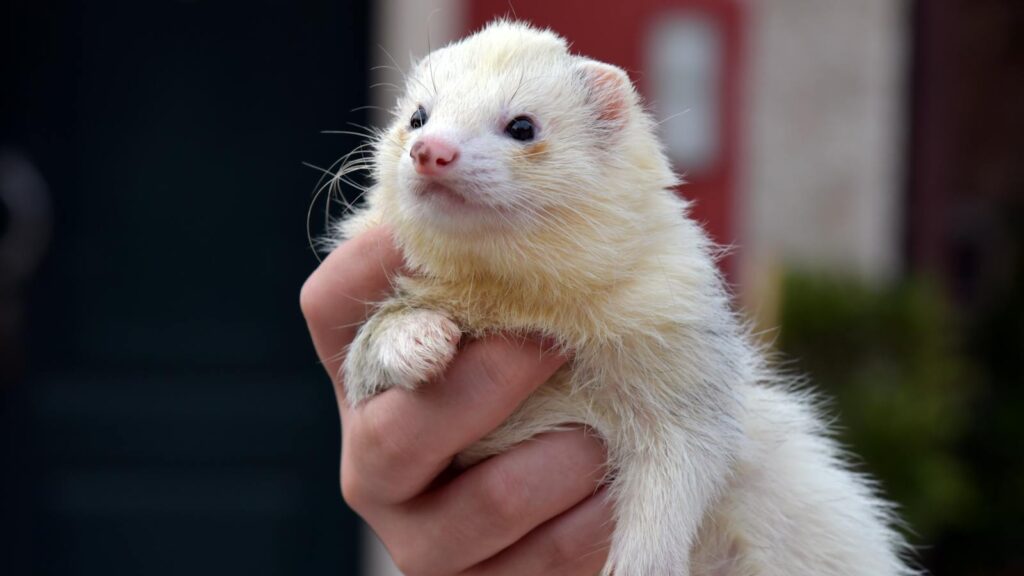
The primary international framework governing wildlife trade is the Convention on International Trade in Endangered Species of Wild Fauna and Flora (CITES), which regulates commerce in over 38,000 species. While CITES provides an essential legal backbone for conservation efforts, its effectiveness is hampered by inconsistent implementation, limited resources, and varying levels of commitment among its 183 member countries. Enforcement challenges are particularly acute in developing nations with extensive wilderness areas but limited capacity for monitoring and interdiction. Corruption further complicates enforcement efforts, as wildlife products can be highly valuable relative to the salaries of customs officials and other authorities. Even when smugglers are caught, penalties often fail to reflect the ecological harm caused or the profits generated, with many countries treating wildlife crimes as minor offenses rather than serious crimes. Transnational nature of wildlife trafficking networks also creates jurisdictional challenges, allowing criminals to exploit gaps between different national legal systems. Despite these challenges, successful prosecutions have increased in recent years as countries like China and the United States have strengthened their wildlife trafficking laws and dedicated more resources to enforcement.
Demand Reduction and Consumer Awareness

While strengthening enforcement is crucial, many conservation experts argue that reducing demand for wildlife products represents the most sustainable long-term solution to trafficking. Public awareness campaigns have shown promising results in several markets, particularly when they engage with cultural values and involve respected community leaders. In China, ivory consumption decreased substantially following a public campaign featuring celebrities and a national ivory ban in 2017. Similar efforts targeting shark fin consumption have led to measurable declines in demand in Hong Kong and Taiwan. Educational programs that emphasize the ecological importance of species, the cruelty involved in their capture, and the health risks associated with wildlife consumption can shift consumer behavior, especially when paired with accessible alternatives. Digital campaigns have proven particularly effective at reaching younger consumers before wildlife consumption habits become established. However, demand reduction requires sustained effort and cultural sensitivity, as consumption patterns are often deeply rooted in tradition, social status signaling, or beliefs about medicinal properties. The most successful initiatives typically combine awareness-raising with strict enforcement and the development of sustainable alternatives.
Community-Based Conservation Solutions

Growing evidence suggests that involving local communities in conservation efforts can dramatically reduce poaching while improving livelihoods. When communities have ownership rights over wildlife and receive tangible benefits from its protection, they have strong incentives to prevent illegal harvesting. The CAMPFIRE program in Zimbabwe and community conservancies in Namibia demonstrate how sustainable hunting quotas, tourism revenue-sharing, and employment in anti-poaching efforts can transform former poachers into wildlife guardians. In Nepal, community forestry programs have contributed to a remarkable recovery of greater one-horned rhinoceros populations, with local committees monitoring forests and receiving benefits from ecotourism. These approaches recognize that conservation cannot succeed if it imposes costs on local people without providing compensating benefits. By aligning economic incentives with conservation goals, community-based approaches address the root causes of wildlife trafficking rather than just its symptoms. Furthermore, local knowledge often proves invaluable for conservation efforts, as community members typically have intimate understanding of local ecosystems and can identify unusual activities that might indicate poaching. The most successful programs build genuine partnerships that respect community autonomy while providing technical support and access to markets.
The Future of Wildlife Trafficking and Conservation

The battle against wildlife trafficking stands at a critical juncture, with both concerning trends and reasons for cautious optimism. Climate change threatens to exacerbate trafficking pressures as drought and extreme weather events reduce natural resource availability and push communities toward illegal harvesting. Meanwhile, emerging transportation technologies and cryptocurrency transactions may create new challenges for enforcement. However, growing international collaboration, including joint investigations between countries and improved information sharing, has disrupted major trafficking networks in recent years. Public awareness of the ecological consequences of wildlife trafficking has never been higher, particularly following the COVID-19 pandemic’s illumination of zoonotic disease risks. Innovations in forensic science, remote sensing, and genetic technologies continue to enhance our ability to detect and prosecute wildlife crimes. Perhaps most encouragingly, young people in traditional consumer countries increasingly reject wildlife products, suggesting a potential generational shift in attitudes. While the illegal wildlife trade continues to threaten ecosystems worldwide, the combination of strengthened enforcement, community engagement, demand reduction, and technological innovation offers a pathway toward more effective conservation.
Illegal wildlife smuggling represents one of the most serious yet underappreciated threats to global biodiversity. Its impacts extend far beyond the targeted species, cascading through ecosystems and disrupting ecological relationships that have evolved over millions of years. From genetic bottlenecks and invasive species introduction to disease transmission and forest degradation, the consequences ripple outward in complex and often unpredictable ways. Yet, amid these challenges, innovative conservation approaches are emerging that combine technological solutions with community engagement and demand reduction strategies. By addressing both the supply and demand sides of wildlife trafficking while empowering local communities as conservation partners, we can begin to turn the tide against this destructive trade. The future of countless species and the ecosystems they inhabit depends on our collective ability to recognize wildlife trafficking not just as a conservation issue, but as a serious crime with profound ecological, economic, and public health implications that require coordinated global action.

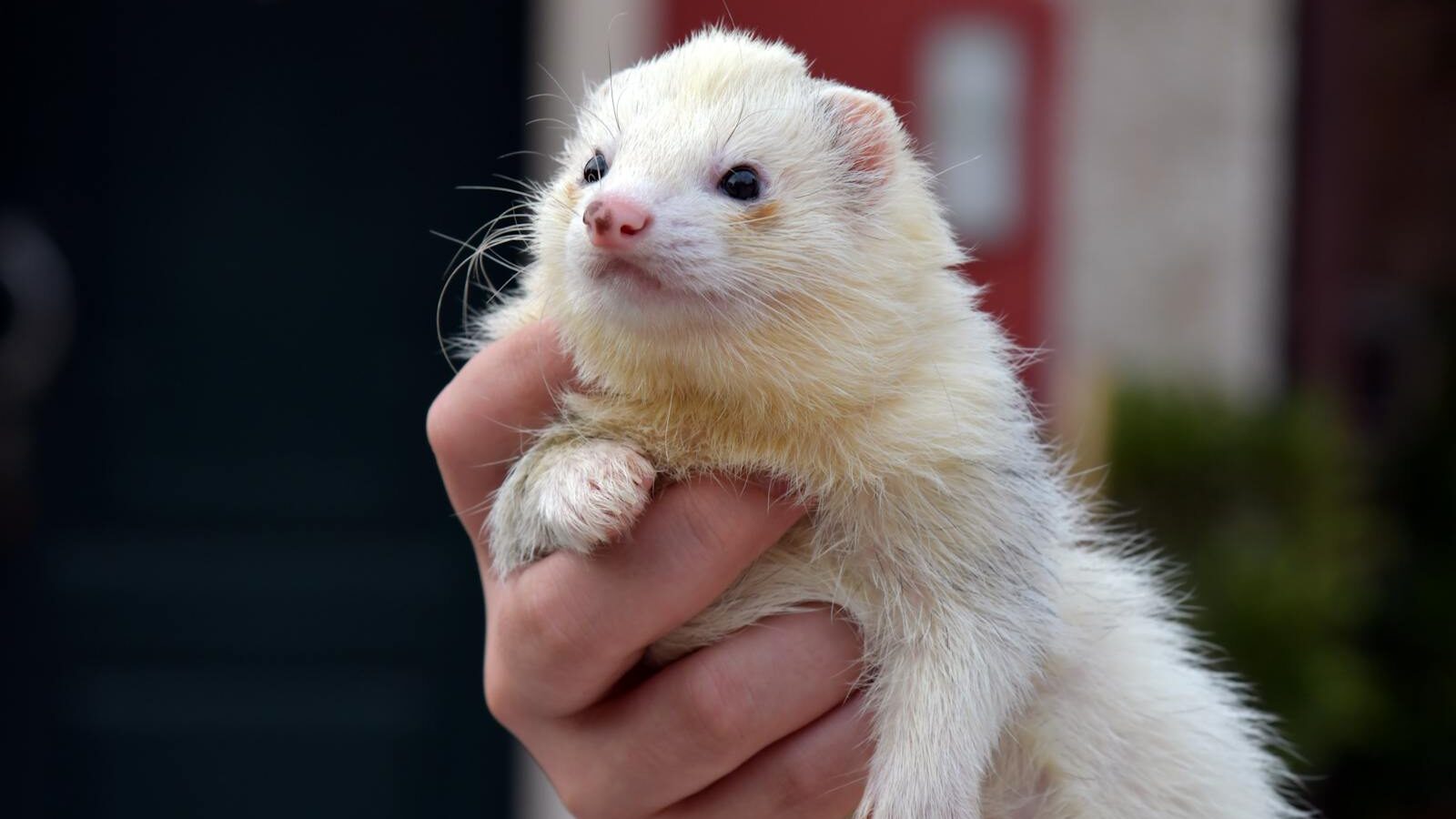

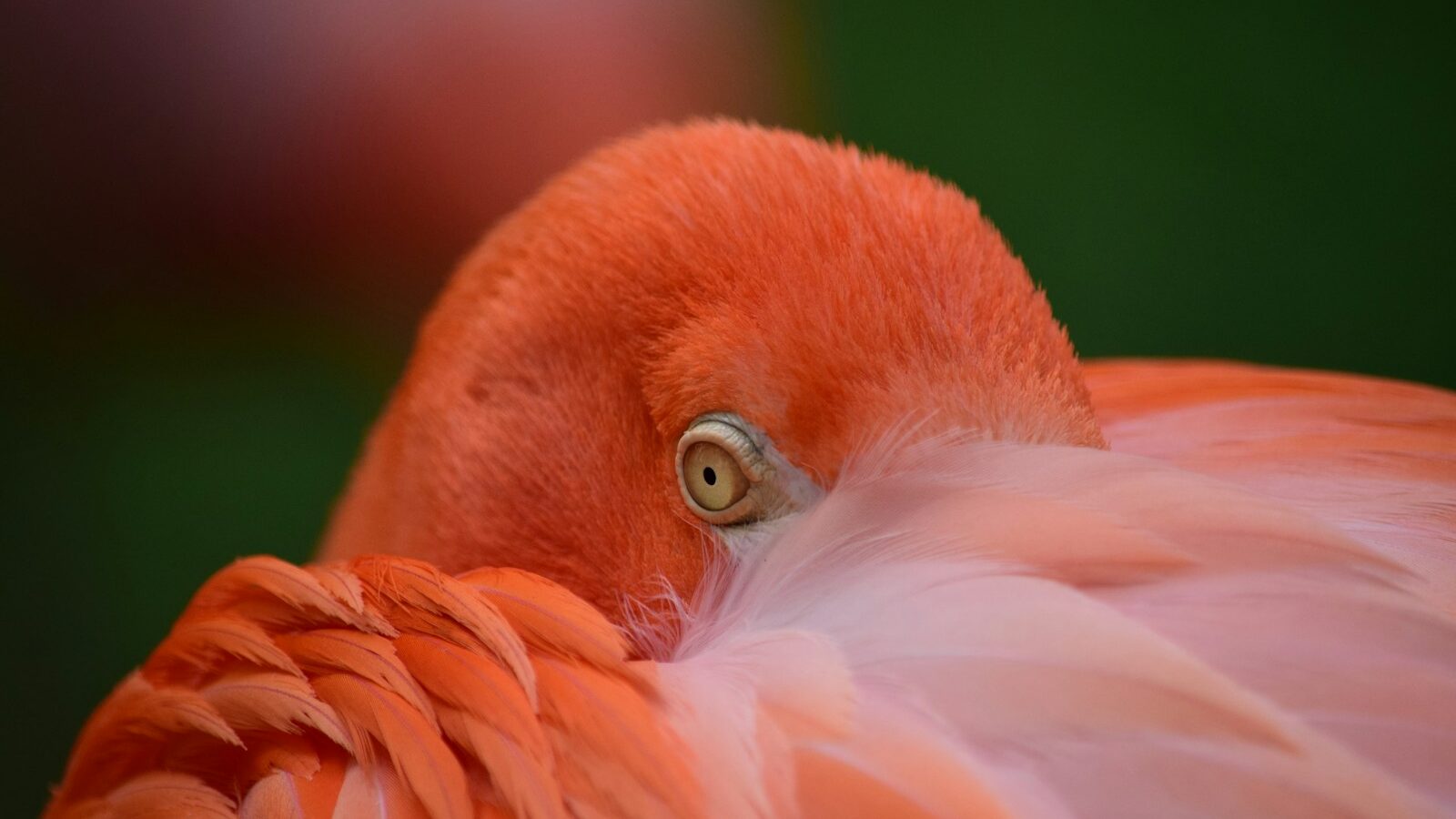
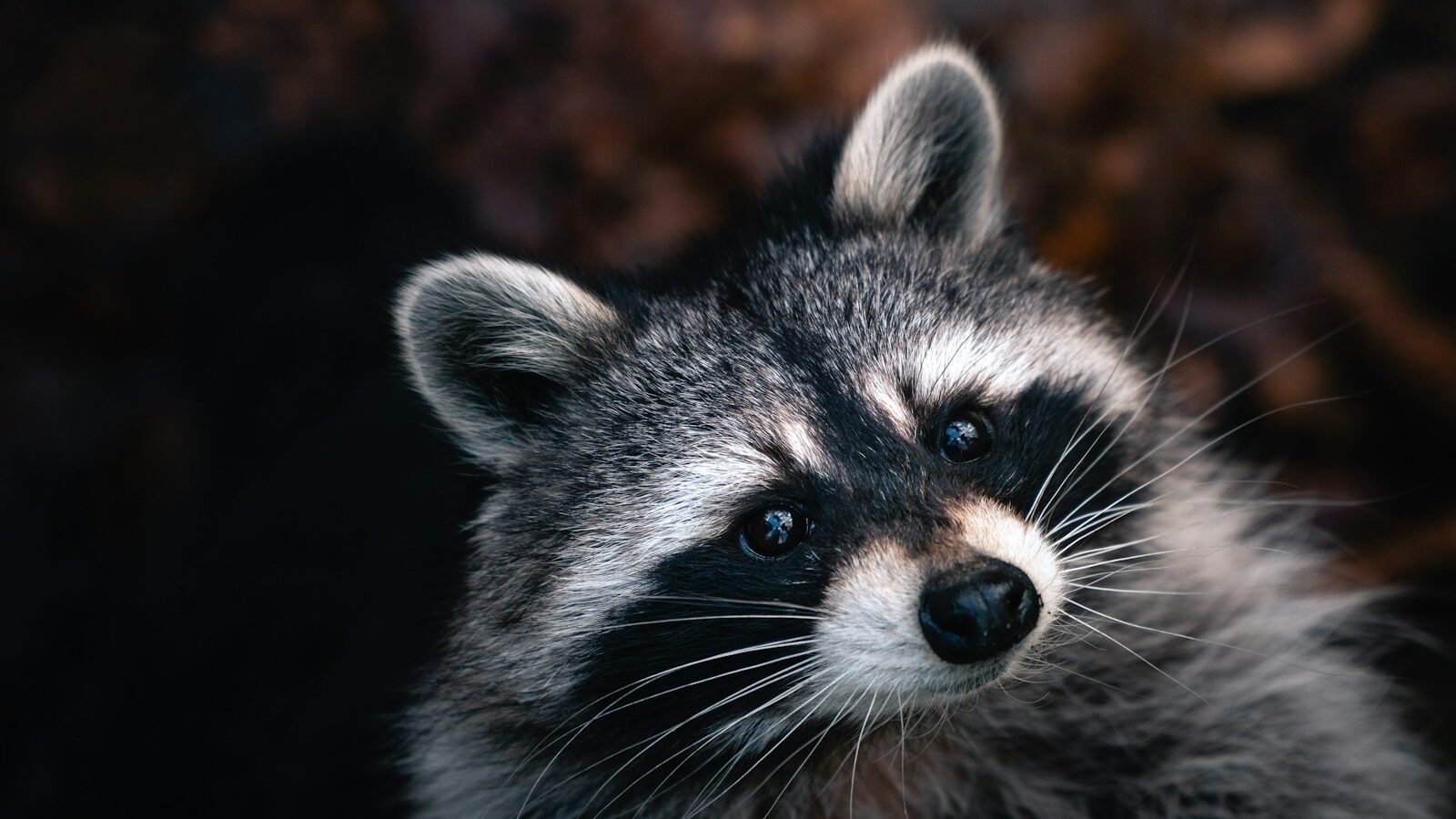


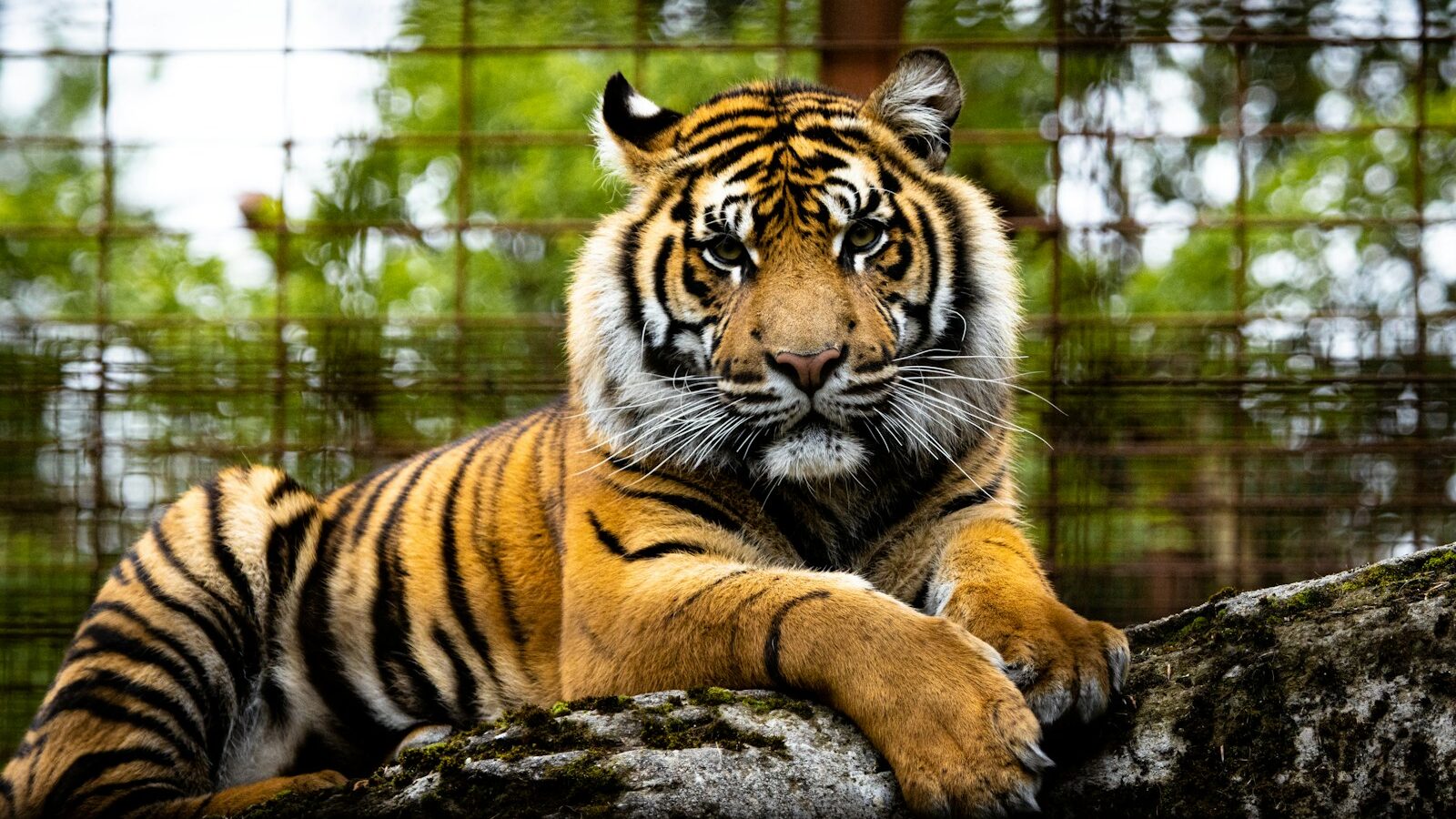

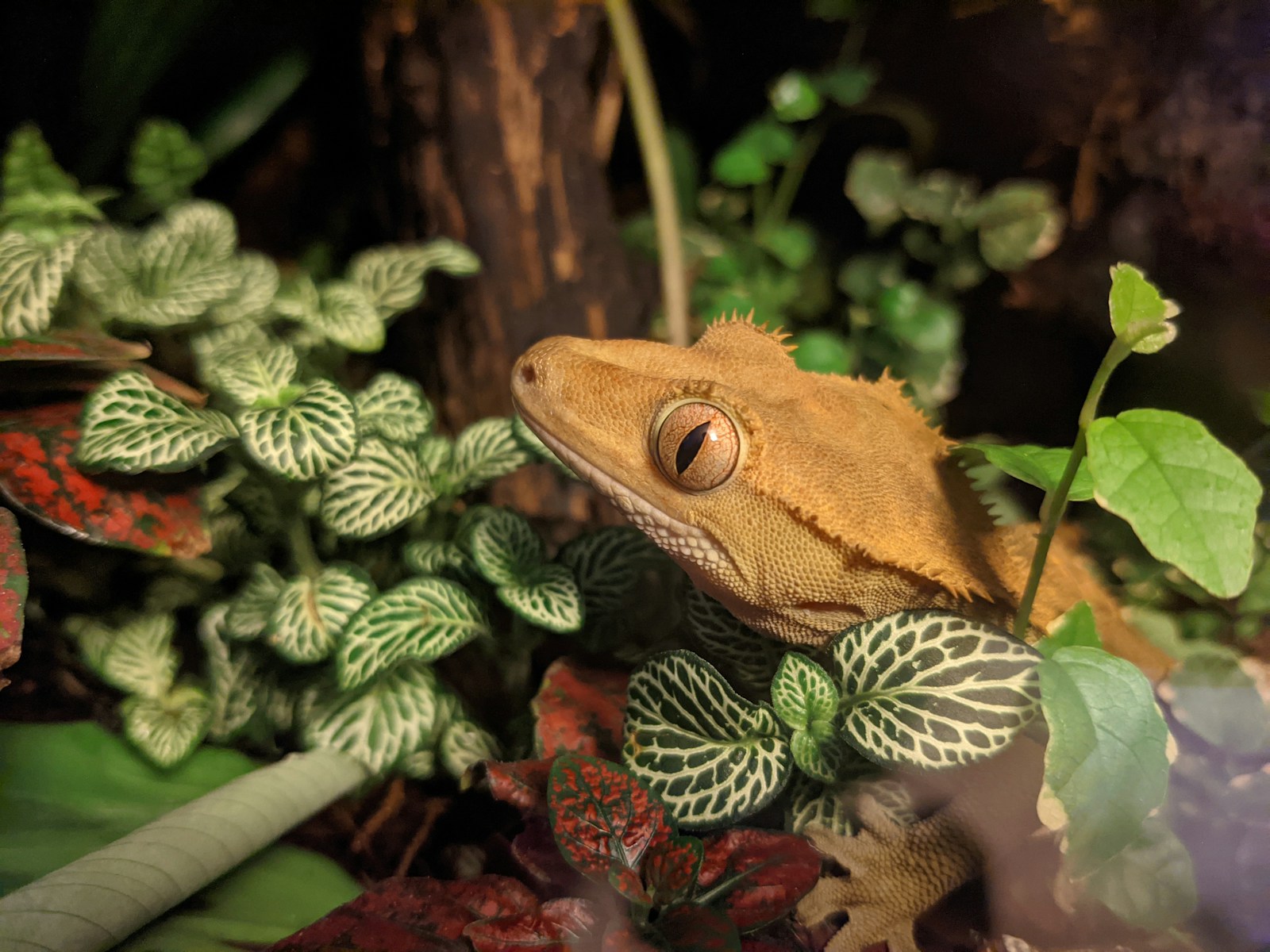


Leave a Reply